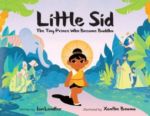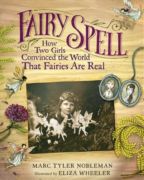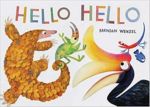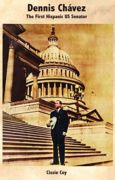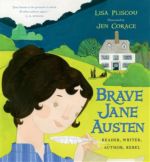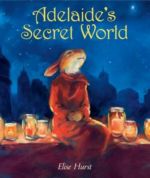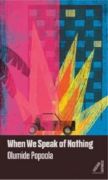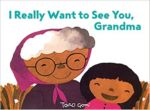
Yumi and her grandmother have the same great idea: They want to see each other. So they each head out to do just that, only to completely miss each other along the way! No problem they’ll just head back home and wait for the other to return. The trouble is that they have the same great idea again resulting in the ultimate missed connection! Will this duo ever find each other? Leave it to bestselling author-illustrator Taro Gomi to spin an action-packed story that sweetly, and humorously, celebrates the powerful grandparent-child bond.
I Really Want To See You, Grandma is a WOW Recommends: Book of the Month for December 2018.


